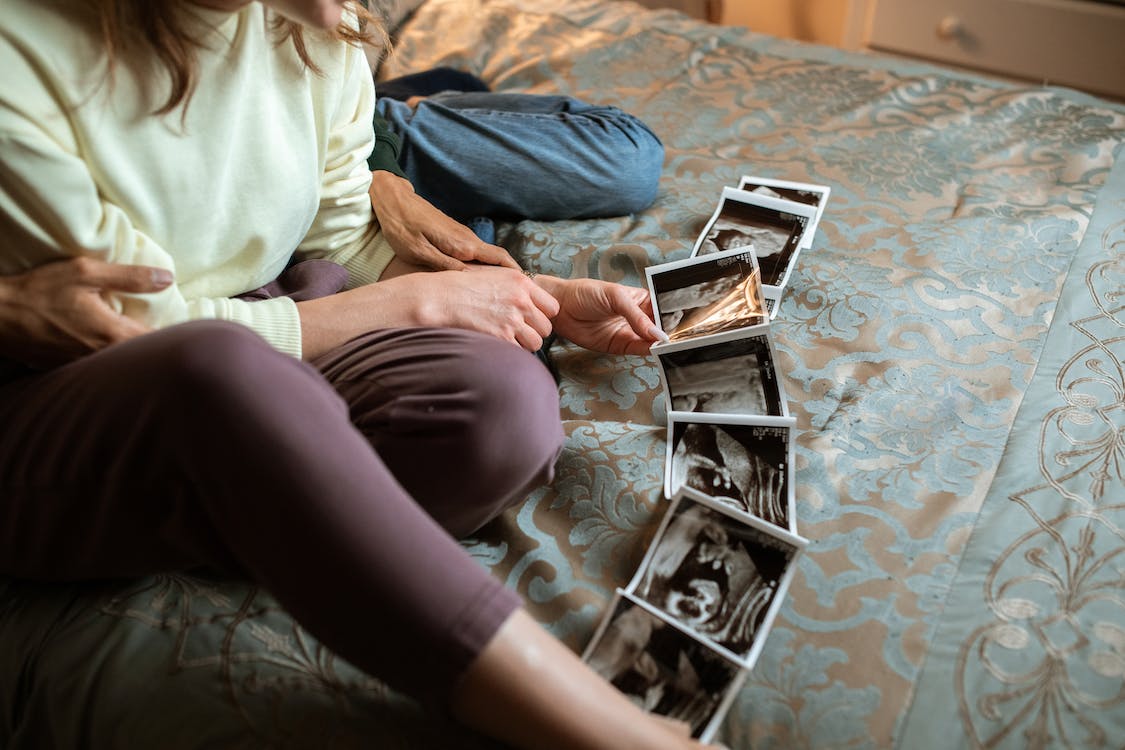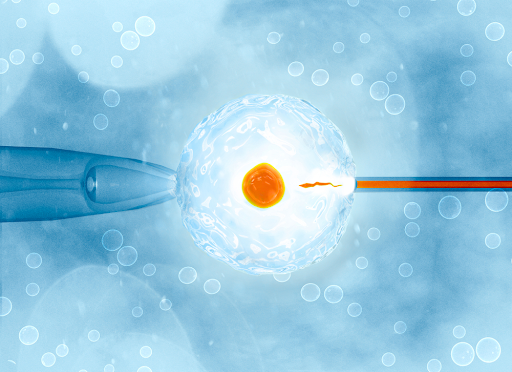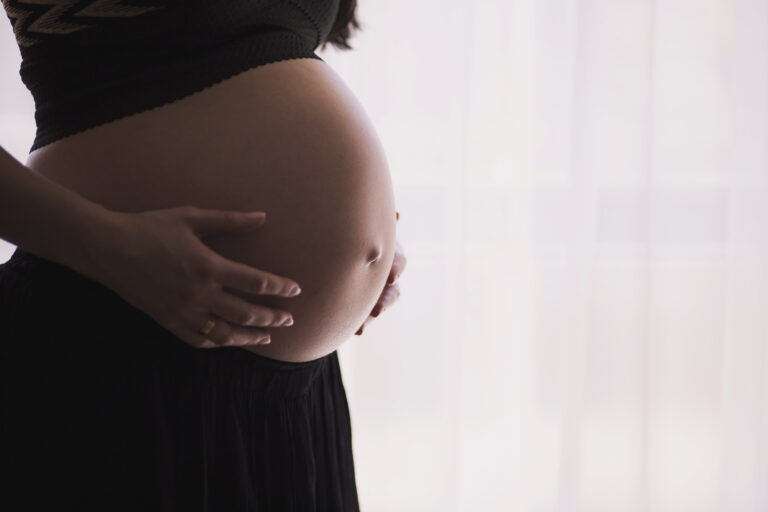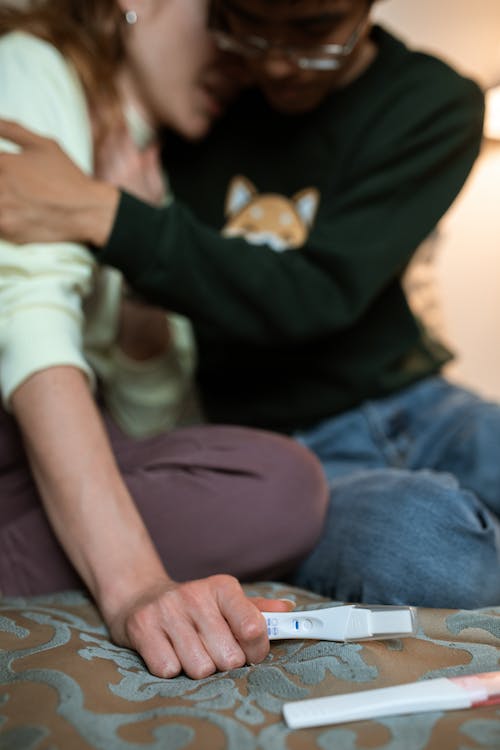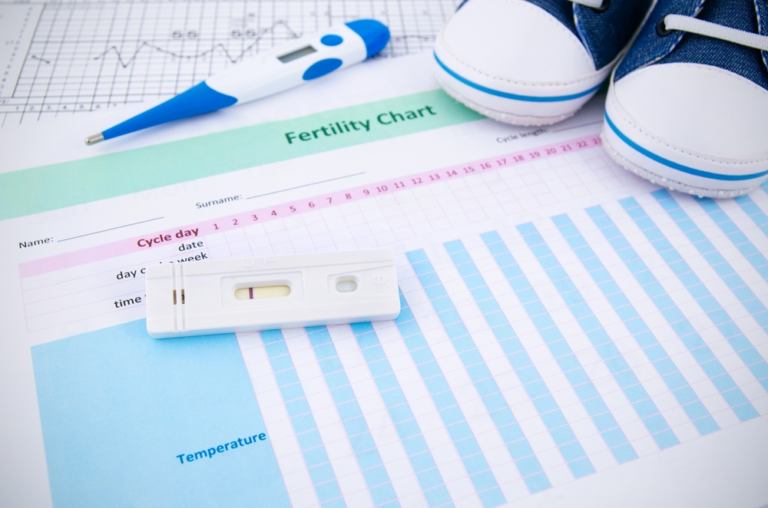What is Stims IVF?
Table of contents
Before we talk about what Stims are in IVF, let us discuss IVF and the stages of IVF.
What is IVF?
In vitro fertilization (IVF) is a kind of assisted reproductive technology (ART). It involves a series of procedures that are complex and are meant to assist with child conception and fertility or prevent any genetic issues. IVF involves fertilization of the woman’s eggs with the sperm of the man after the eggs have been retrieved from the woman’s ovaries. The egg which has been fertilized is known as the embryo. It can either be transferred to the woman’s uterus of the woman or stored by freezing the eggs. IVF can be expensive, an invasive procedure, and time-consuming.
IVF procedure depending on the situation of the person can use
- The couple’s eggs and sperm
- The woman’s egg and donor sperm
- Donor’s eggs and donor sperm
- Donor’s egg and one’s partner’s sperm
- Embryos that are donated
In certain cases, there could be a surrogate or a gestational carrier may be used which is the embryo of the couple being implanted in the person’s uterus.
Processes involved in IVF
The following are the processes involved in IVF
- The use of birth control pills or estrogen: birth control pills or estrogen are usually prescribed before the commencement of the IVF process. This is done to control the menstrual cycle timing and also to stop ovarian cysts from developing.
- Stimulation of the ovaries: In this stage, some hormonal injectables are prescribed to allow for the simultaneous maturity of the entire eggs of that cycle. Unlike the natural process where only one egg gets mature, in IVF, the whole eggs stimulated mature at the same time.
- Retrieval of eggs: This is usually done 36 hours after the trigger shot has been given. In this procedure, the needle connected to a suction device is introduced into the ovaries through the vagina via the guidance of the ultrasound. The device is used to pull the eggs out of each follicle.
- Fertilization: The fertilization of the mature eggs is done through intracytoplasmic sperm injection or ICSI. This involves the injection of sperm into each egg that is matured
- Development of the embryo: The embryo development is usually monitored carefully for some days. There are significant hurdles that the embryo must overcome for it to be suitable for transfer to the uterus. Usually, when the embryo gets to blastocyst stages is then due for transfer.
- Transfer of Embryo: The transfer process is a simple procedure that usually takes about ten minutes. This involves a speculum that is placed within the vagina, and a thin catheter is inserted into the uterus through the cervix. The embryo(s) which is/are contained in a syringe attached to the other end of the catheter is injected into the uterus. The transfer could be either a frozen embryo transfer or a fresh embryo transfer.
- Pregnancy: Pregnancy occurs when the embryo implants itself into the lining of the uterus.
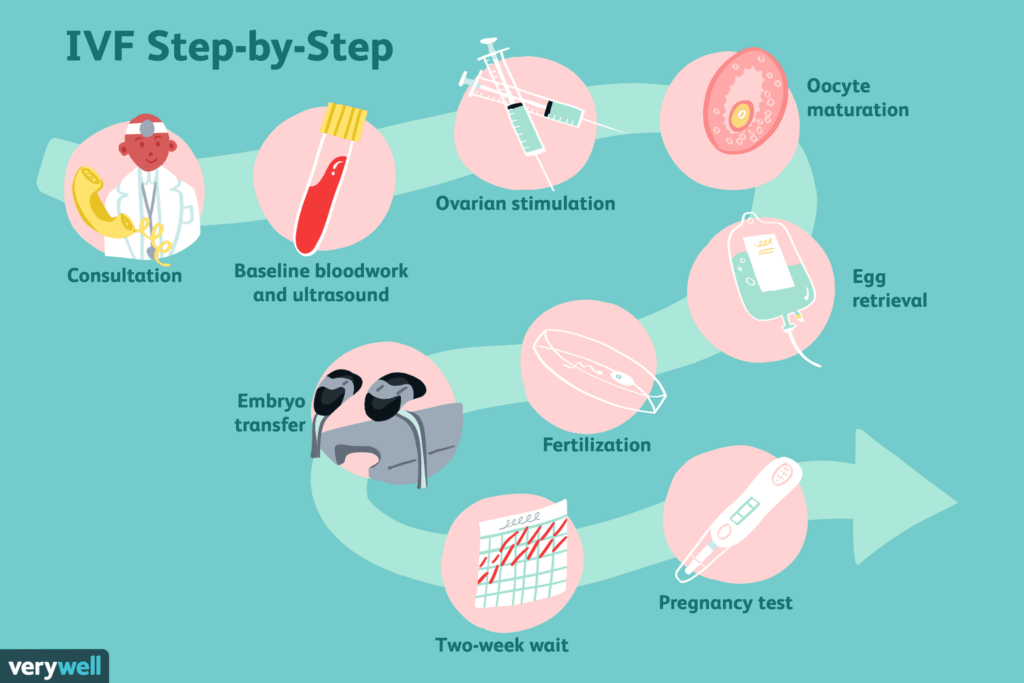
What is Stims in IVF?
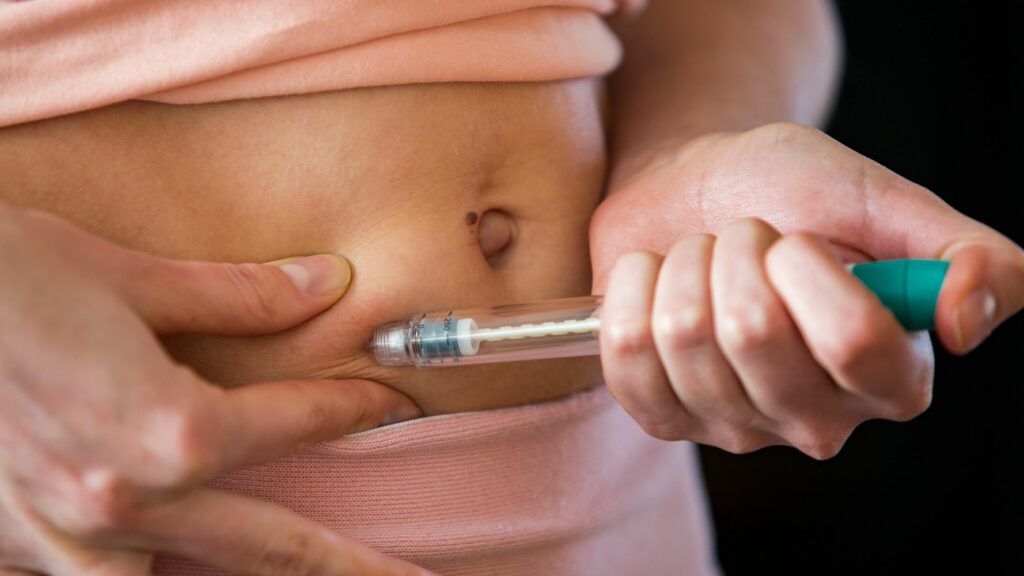
This can be referred to as ovarian stimulation which is one of the processes undertaken during the IVF process. Ovarian stimulation is the second stage of the stages in IVF process that is done to cause ovulation induction through the use of medications. The essence of stimulating the ovaries is to increase the pregnancy chances of the woman.
The stimulation of the ovary is a complex process. It aims to ensure that as many matured eggs as possible are harvested from the ovaries of the woman. The aim of getting plenty of eggs is to increase having an egg fertilized which will be implanted into the uterus to become a healthy baby.
Ovarian stimulation intends to mimic the natural ovulatory cycle of the body. During the natural ovulatory process, only one egg gets matured enough for ovulation while the other immature eggs will disintegrate. But during IVF, ovarian stimulation involves the maturity of all the eggs. The use of hormonal injections at this stage is to allow not only for the eggs to mature at once, thereby increasing the chances of pregnancy but also to improve the eggs’ quality. The matured eggs produced are retrieved and can be used immediately or stored via freezing to use later.
During the natural ovulation process, the following happens: there are many ovarian follicles contained in a woman’s ovaries. Each follicle (a small cyst filled with fluid) contains an oocyte which is an egg cell that is not matured.
During a menstrual cycle, there is a development of several follicles. During ovulation, each follicle can release a mature egg. However, there will be a dominant follicle that will grow faster than the other follicles, and will during ovulation (usually mid-point during the menstrual cycle), release an egg. Around 14 days later, if the woman doesn’t get pregnant, she will see her period.
Types of Protocols involved in Stims IVF
There are two types of protocols namely; long and short protocols, involved in ovarian stimulation namely long and short protocol:
Long Protocol
- The long protocol is usually started roughly one week before the next menstrual cycle, on the 21st day of your period. The first set of medications is taken to cause suppression of the function of the ovaries making them inactive, thereby preventing egg release. The second set of medication, usually gonadotropins (typically, FSH or hMG) will be given for about 12 to 14 days. This set of medications is given 10 to 14 days after ovarian function suppression. The gonadotropins help with the stimulation of the follicular growth in the ovaries.
Short Protocol
- The short protocol is also called GnRH antagonist short protocol. Unlike the long protocol, the short protocol just involves 10 to 12 days of medications before the eggs are collected. In this protocol, Gonadotrophins (FSH or hMG) are given for roughly 10 to 12 days. This protocol is preferred as the body’s natural function isn’t suppressed; fewer injections are used, less risk of OHSS (ovarian hyperstimulation syndrome), and works in almost all patients.
In both protocols, there will be a need for a trigger injection (usually administered around 36 hours before collecting the eggs) to cause the eggs to mature finally and induce ovulation. This trigger needs to be properly timed so that the eggs mature and are collected during the egg collection procedure.
How Ovarian Stimulation (Stims in IVF) Works
In an IVF cycle, the chance of success is increased by getting as many eggs as possible. In the stimulation phase, the ovaries are induced to make eggs by injecting some medication for 8 to 14 days. If the follicles take time to mature, the stimulation phase will take longer.
To help with a large production, maturity, and release of eggs, hormonal medications such as follicle-stimulating hormones (FSH) and luteinizing hormones (LH) are used during ovarian stimulation are used. These hormones are injected into the individual for two weeks to commence the process. The essence of the use of FSH is to ensure that the estrogen levels are high and to cause the stimulation of the follicle development since as the FSH level drops, some of the non-dominant follicles will die naturally. It is important that for the larger production of eggs, the level of the hormones be high. For ovulation to be initiated, the LH needs to be increased which is possible through an increased level of estrogen. The LH is needed to cause the initiation of ovulation. It is important to note that eggs need to be retrieved before ovulation in the IVF process.
Some Side Effects Experienced in Stims in IVF
The list below contains some side effects that may be experienced in Stims IVF
- Depression and mood swings
- Hyperstimulation of the ovaries causes ovaries enlargement, abdominal pain, and bloating
- Increased possibility of multiple births due to a large number of eggs released which can cause the implantation of multiple eggs in the uterus
- There could be tenderness of the breast, swelling, or rash at the site of injection.
- There is an increased likelihood of preterm delivery and miscarriage.
References
https://www.mayoclinic.org/tests-procedures/in-vitro-fertilization/about/pac-20384716
https://www.healthline.com/health/in-vitro-fertilization-ivf
https://my.clevelandclinic.org/health/treatments/22457-ivf
The information provided in this blog is for educational purposes only and should not be considered as medical advice. It is not intended to replace professional medical consultation, diagnosis, or treatment. Always consult with a qualified healthcare provider before making any decisions regarding your health. Read more

